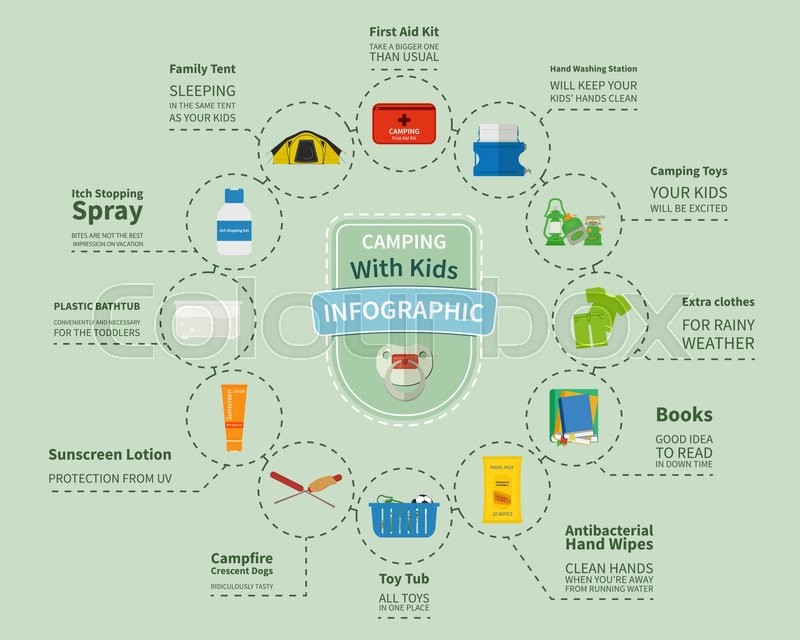A four-season outdoor tents is ideal for winter months hill camping or cold climates where snow and wind are an offered. High-grade four-season camping tents provide superior insulation and weather resistance for protection in extreme problems.
Reliable four-season outdoors tents utilize building high quality more than raw R-values. Discover exactly how inflexible foam, polystyrene, and various other materials keep these outdoors tents warmer and drier.
Fiberglass Insulation
Fiberglass insulation is a prominent choice for homeowners and DIYers aiming to enhance their home's energy performance. Made from recycled glass and sand, fiberglass is non-combustible and does not require extra fire-retardant treatment for household use.
It is commonly a pink-tinted product that can be mounted in several kinds, including attic rooms, crawl space joists, and cellar wall surfaces. It's offered in covering kind, known as "batts," and is offered in bags consisting of conventional pre-cut lengths and widths. Encountered or unfaced batts can be put in between joists, while an attic room blanket of loose-fill fiberglass can cover a space's flooring to mute audio transmission between floors in two-story homes.
Fiberglass' shielding power is gauged by its R-Value, which suggests the product's capacity to withstand warm flow. A higher R-Value indicates better shielding capacity. This R-Value depends on the climate area in which a person lives; get in touch with a neighborhood building supply business to determine the certain R-Value that will accomplish maximum results in your location.
Polystyrene Insulation
In addition to being a fantastic thermal insulator, polystyrene insulation can give shock absorption and wetness resistance. It is additionally lightweight and economical, making it a preferred selection for domestic applications. Nonetheless, there are some drawbacks to polystyrene insulation.
Among the main problems is that it often tends to absorb water, which can jeopardize its insulating buildings. Expanded polystyrene insulation has a water vapor permeance of regarding 2-4%, which is greater than many various other sorts of insulation.
Another concern is that polystyrene can thaw when exposed to fire. This can produce unsafe liquified insulation that may drip and spread fire throughout the framework. In order to avoid this issue, you should make use of a fire-resistant polyiso board instead of broadening foam. Fabco Thermal Insulation Manufacturing facility offers polyiso insulation services that satisfy the demands of modern-day domestic building. This insulation protects against ventilation warmth loss through foundations and improves home energy performance. It is additionally immune to dampness and has a high R-value per inch.
Styrofoam Insulation
Styrofoam insulation is light-weight and shielding, keeping your camper warm in extreme weather. It is likewise moisture resistant, meaning it will not warp or weaken when revealed to damp problems.
Many people utilize the term "styrofoam" to refer to a range of white foam packaging and disposable cups, yet true styrofoam is closed-cell extruded polystyrene foam that is trademarked as Styrofoam brand name XPS insulation. These stiff foam boards are generally blue or pink and have a distinctive look.
This insulation is a prominent choice in structure and shipping as a result of its shock-absorbing buildings. It is likewise a favorite for product packaging food and beverages as a result of its ability to maintain warm. In addition, styrofoam is very affordable, making it a wonderful selection for producers and customers alike. Considering that its invention in 1941, styrofoam has actually developed a reputation as a cutting-edge structure item. In 2019, DuPont began reformulating Styrofoam to supply a low-global warming capacity (GWP) formula signified by a grey color.
Inflexible Foam Insulation
Rigid foam insulation is a cutting-edge structure product that provides a series of major benefits. It secures voids, air leaks and keeps indoor temperature level to decrease power waste and lower utility costs. It also stops ice damming around structures and can help reduce condensation, mold and mold that may trigger damages to walls.
Foam insulation can be conveniently reduced with a saw and cut and broken like drywall, making it very easy to mount around obstructions such as wires, junction boxes and bracing. Unlike fiberglass, rigid foam insulation is untouched by dampness and does not transform measurements or absorb water.
Foam insulation is fire-rated and does not include formaldehyde or other additives that can negatively affect human health. The chemistry of stiff foam insulation additionally makes it much more eco sustainable, with high R-values conserving over 40 BTUs of energy for every single BTU used to make the item. This substantially surpasses the power saved by fiberglass insulation which sheds approximately 80% of its performance gradually.
